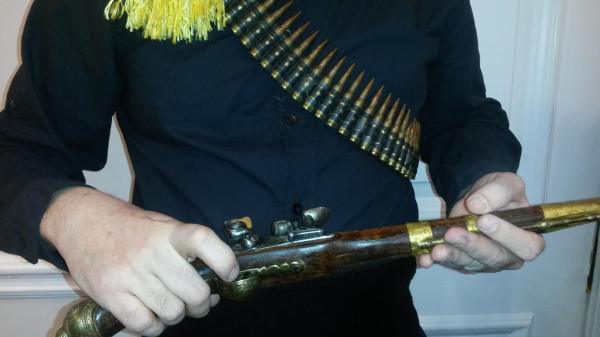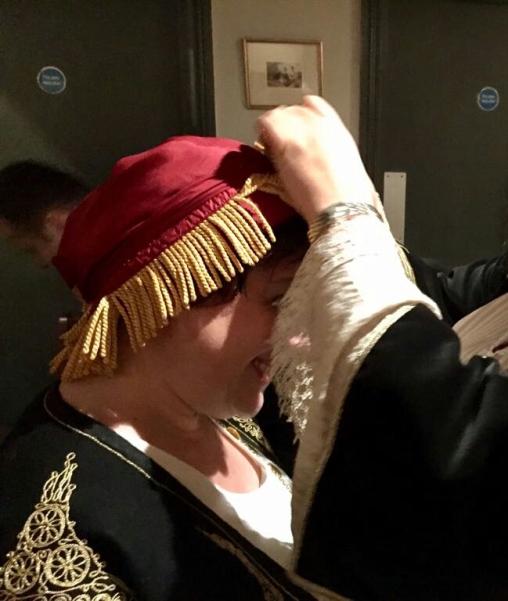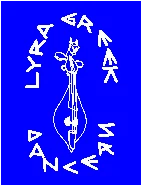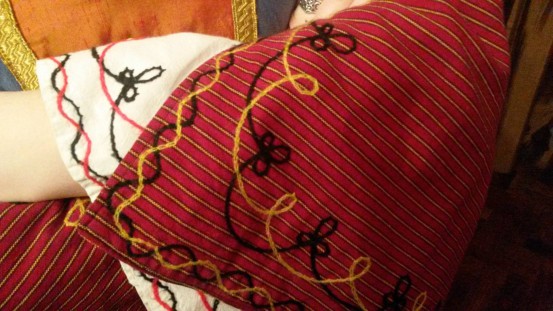The Greek traditional dress, made to impress rather than to show off the body, has deep roots in history, mainly in the Byzantine tradition. It is generally divided into three categories: the type of clothes worn on the mountains, those worn on the plains and the clothes prevalent on the islands.
The traditional dress for men in Greece is of dark colour and simple detail so that the costume’s basic shape remains clear. This is quite the opposite to what happens in the case of women’s costumes, where bold colours and absurd details blur the outline (ref. Greek Costumes by I.Papantoniou, 1974).
The Lyra group has a wide variety of costumes that compliment the performance of dances from different regions. These costumes are either old original pieces or made by the members the traditional way copying originals from Greek Museum Collections. The group owns 190 costumes in all.
| Women’s Costumes | Men’s Costumes |
| Sarakatsana – two types: Epirus and Attica | Foustanella – Central Greece and Peloponnese |
| Krios – Thrace | Foustanella for the Boulles folk ritual – Naoussa / Makedonia |
| Metaxades – Western Thrace | Vovoussa – Epirus |
| Karoti – Thrace | Episkopi – Makedonia |
| Drymos – Makedonia | Everyday Poutouria [Black] – Makedonia |
| Meghara – Attica | Poutouria [Brown] – Thrace |
| Kato Panaghia – Asia Minor and Euboia | Sarakatsani – Thrace |
| Cappadocian – Asia Minor | Vraka – 3 types: Cyclades, Dodecanese, Cyprus |
| Metaxades – Thrace | Pontic – Black Sea |
| Karoti – Thrace | Cappadocian – Asia Minor |
| Drymos – Makedonia | Epirus – Epirus |
| Meghara – Attica | Corfu – Ionian Island |
| Kato Panaghia – Asia Minor and Euboia | |
| Cappadocian – Asia Minor | |
| Cyprus | |
| Cretan | |
| Corfu – Ionian Island | |
| Thassos – Aegean Island | |
| One gold embroidered Trikeri – Thessaly | |
| One rare Pirpiri (200 years old) – Ioannina / Epirus | |
| Ghidas – Makedonia |








You must be logged in to post a comment.